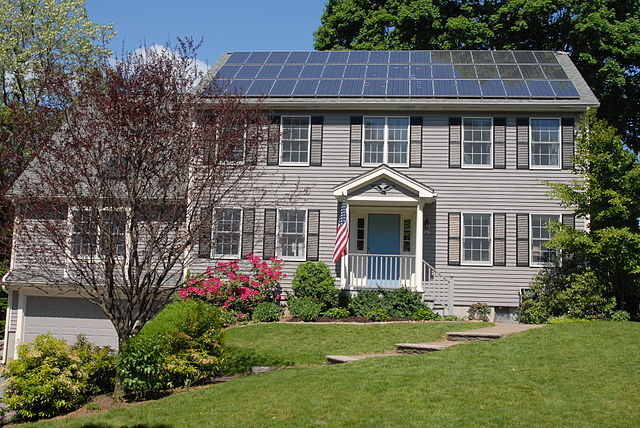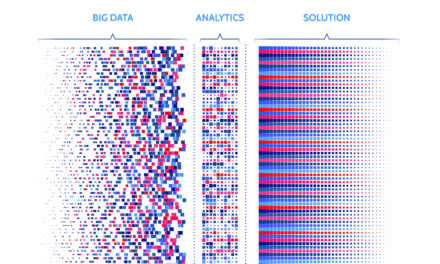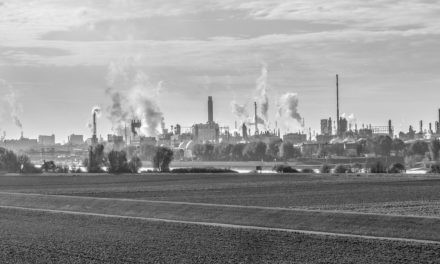Welcome to the first edition of our new feature, Ask an Expert. If you have a question about real estate valuation, markets, or economics that you would like us to address, please send it to questions@greenfieldadvisors.com.
Q: Dear Dr. Lipscomb, I am a student at Vermont Law School writing about the effects of fracking on conservation easements. Specifically, how fracking and natural resource mining may lead to takings when the power of eminent domain is authorized by state statute. I recently read your article entitled “Valuation Issues Related to Fracking” [in the April 2012 issue of The Greenfield Advisor] and am interested in your thoughts on valuation determinations for damage to conservation easements. One of my sections discusses the real property contamination effects of fracking and the difficulties of valuing loss of wildlife and plant habitat for just compensation to the landowner.
Sincerely,
B. Tweedie, Vermont Law School ’13
A: The first thing to think about is how to value conservation easements in general, which can be cumbersome depending on the project. (See Boykin’s “Valuing Scenic Land Conservation Easements” in the October 2000 issue of The Appraisal Journal.) Our principal has written an article on preservation easements (Kilpatrick and Adams, 2008) that might provide some general background for you as well.
Second, you have to deal with the real estate damages issue. In general, appraisers value real estate, while natural resource economists value things like the value of migratory birds and such. However, in valuing land with conservation easements that have wildlife and botanical significance, there is some convergence. Generally, to receive compensation for legal damages there must be a distinction between what is owned and what is not, which is usually when the valuation experts get involved. A number of articles are available on the valuation of real estate affected by contamination. Your case in point takes both preservation easement literature and case law and combines that with real estate damages literature and case law. Our principal has written a book chapter on real estate damages valuation (Kilpatrick, 2011) that you may find particularly useful on understanding how real estate damages are valued. Also, I and several current and former Greenfield employees have written about how to use contingent valuation (CV) surveys, commonly used in natural resource damages estimation, to determine real estate damages (Lipscomb et al., 2011).
With the above in mind, we can talk about the process used to determine real estate damages. To determine damages, real estate appraisers determine the market value of the property before the environmental contamination (unimpaired value) and the market value of the property after the environmental contamination (impaired value). Then we subtract the impaired value from the unimpaired value to determine the real estate diminution in value. With conservation easements there is often a deeper market analysis because the markets for these properties are often unique or require some special considerations. These considerations typically vary by location, but they generally include a study of how the market for conservation easements transacts in the area.
I hope this helps to provide a bit of background to further your understanding of the issues. Thanks for your question.
– Clifford Lipscomb and Sarah Kilpatrick





Recent Comments